As varied as hot coffee can be – from a standard pour over to a more refined macchiato – iced coffee is equally complex (if not more so). There are endless ways to prepare and enjoy a good cold cuppa, but there’s heavy debate among aficionados about what actually produces the “best” drink. One thing’s for sure – it’s hard to appreciate a beautiful work of latte art in 90-degree heat. Whether or not you prefer the robust flavor of a piping-hot espresso, there’s no denying that a cup of iced coffee is an incredibly refreshing summer indulgence. Cold Brew is unique in that it uses cold water from the start, often considered a daunting task for the two to twenty four (and sometimes more) hours it takes to steep; but it’s worth it. Here are 5 things you need to know about this deceptively simple method that’s caught the eye (and tastebuds) of java-lovers the world over:
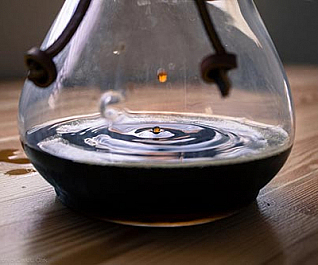 |
The cooler temperature actually extracts different flavorsCoffee is a chemical, and using cold water instead of hot produces a distinct reaction; a batch made using this method tends to be subtly sweet while avoiding 67% of the acidity that often accompanies a boiling brew. That being said, while some nasty compounds in coffee only come through at higher temperatures, some argue for the delicate and fruity floral flavors that are compromised for the smoother, richer flavor of cold brew. |
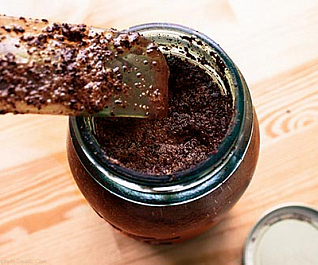 |
Quality CountsThis one may seem obvious – but your coffee will taste best if you buy good beans right off the bat (however, for a cold brew the beans don’t have to be quite as fresh to achieve a great flavor). Go for something inherently chocolatey and nutty for the best results, as cold water can’t dissolve some of the more acidic flavors that distinguish different grinds. Speaking of which, a coarser blend is generally best because the grounds get such a long time to steep. |
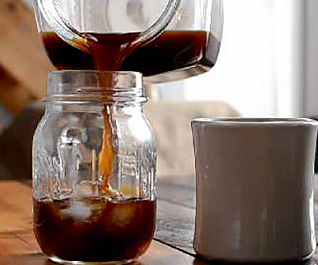 |
It doesn’t go stale like regular coffeeIf you’ve ever tried to drink a day-old pot of coffee, you know first-hand that the stuff doesn’t keep. But since cold-brewing your java doesn’t expose it to oxygen the same way a percolator does, a fresh batch of the concentrated caffeine cocktail keeps for much longer; while 12 hours sounds like a long time to wait for your first cup, you can reap the rewards for up to two weeks. |
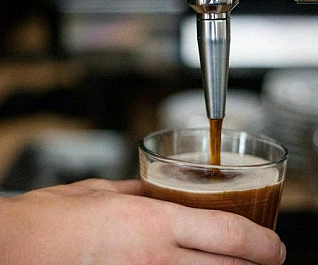 |
There’s more than one kind of cold brewPeople who love coffee believe that the brewing process takes enormous skill and finesse, equating a good barista to a fine artist. Subtle differences in measurement and method can greatly impact what you get out of your beans. Besides the classic cold brew method mentioned earlier, which uses only cool water from start to finish, both “hot bloom” and the latest “nitro” cold brew method are popular for their distinct flavor profiles. Starting with just a dash of hot water to release the coffee’s natural acidity, the “hot bloom” method gets the best of both worlds for a complex cup. Nitro cold-brew is exactly what it sounds like – cold brew made with nitrogen. It sounds cool enough, but the real impact of the N2O is its ability to pressurize your brew, bringing it “from weak to delicious in no time at all.” The result is a slightly bubbly drink with a creamy, beer-like foam — some roasters have even begun to serve it on tap. |
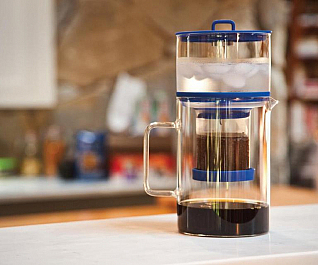 |
You can make it from homeWhile some coffee chains like Stumptown and Blue Bottle have started to hit the grocery store shelves with bottles of cold-brew and coffee concentrate, there are lots of ways to do it yourself with relatively little effort. There are ways to use your old French press or just a bag of grounds submerged in a pitcher, but the process is a whole lot easier, tastier, and more fun when you have the right equipment. Created by industrial designer Andy Clark and engineer Gabe Herz, the Cold Bruer is an elegant and accessible method to get your cold caffeine fix. Slow drip brewing produces a cleaner and clearer taste than most DIY methods (which typically involve “full immersion” and produce a sediment-filled cup) in just four hours, while the simple glass pitcher and filter has a design so sleek you’ll want it to live on your counter forever. |





